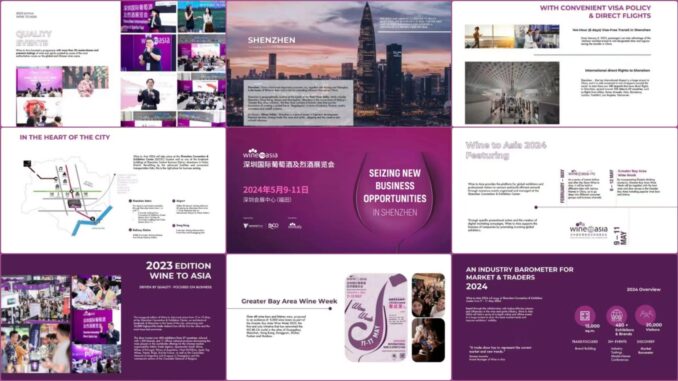
The current China wine market is one where imports, production and consumption fluctuate between stagnation and decline but where the number of wine contests, master classes, publications and trade fairs has seen growth.
There are endless fairs spread across the country and held practically all year long, ranging from that annual spring behemoth in Chengdu to tiny local gatherings.
Out of all those, there is only one fair in which I am active, Wine to Asia, an annual three-day affair held each May in Shenzhen and backed by Veronafiere.
Here are eight reasons why I like Wine to Asia, besides Shenzhen and the Greater Bay Area being among the most economically healthy and heaviest wine-drinking spots in the country.
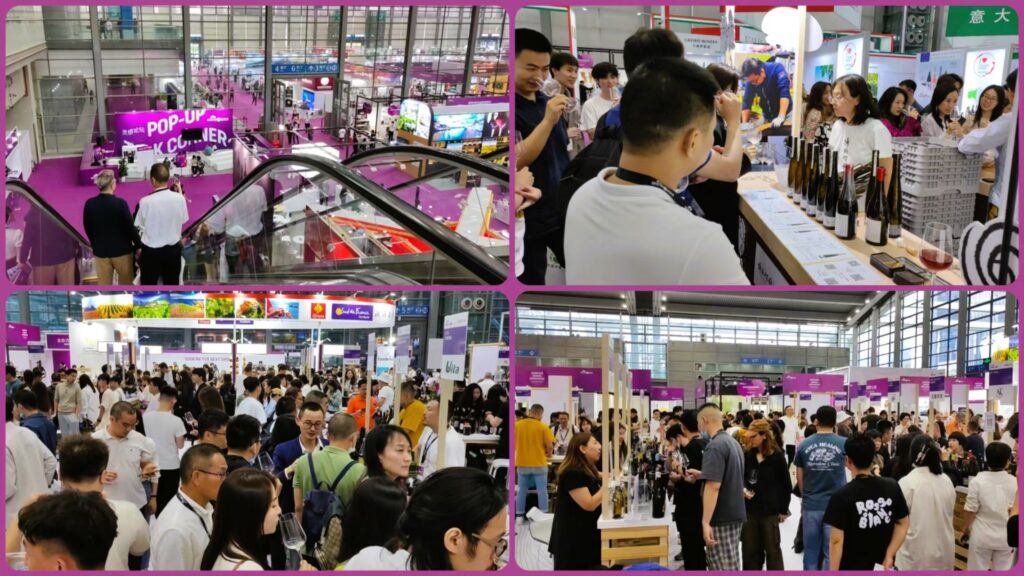
Cutting Edge
Wine to Asia has a strong focus on emerging trends, with the best example being the Living Wine zone it has featured since 2020 and that is arguably the show’s most popular area. Small-scale producers of orange, natural, pet-nat et al wines from a dozen-plus nations join forces to create one huge diverse fun group.
And the fun spills over to Shenzhen’s bar scene after the fair finishes each day –last year the Slovenians led the way at a bacchanalian 100-plus bottle bash at The Weeknd wine bar.
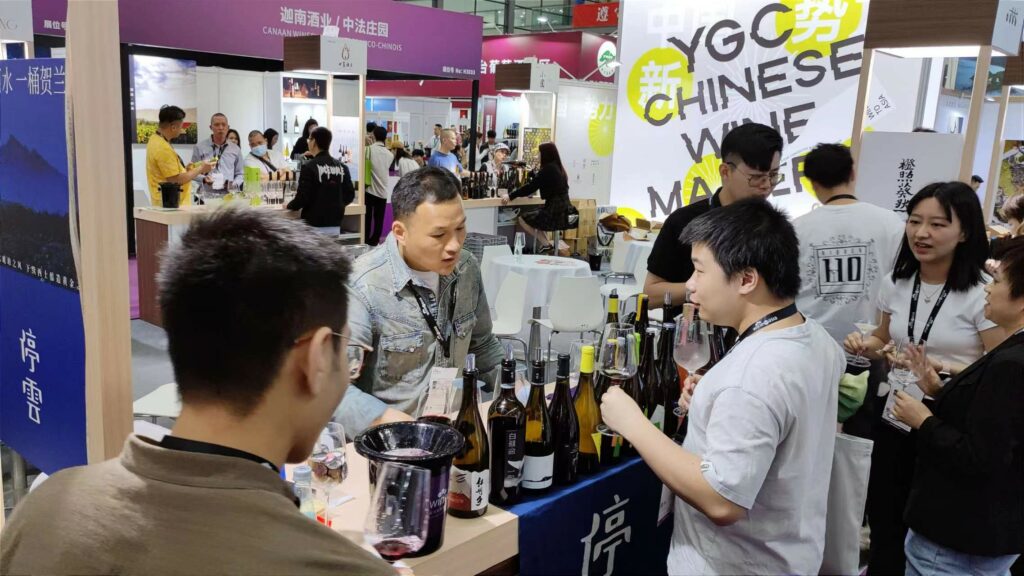
Local Heroes
Wine to Asia also supports local wines, including a pavilion for YGC — recently renamed YGWC — the Young Winemakers of China, which launched last year in Shenzhen with nine participants.
The participants include both boutique wineries and freelancers who source grapes and rent equipment to create their own brands. Products range from barrel-aged Bordeaux blends to pet-nats and orange wines to grapes such as Dornfelder, Black Muscat and Grechetto. Plus, some ciders and fruit tree wines.
(Word is this pavilion will have twice as many participants this year.)
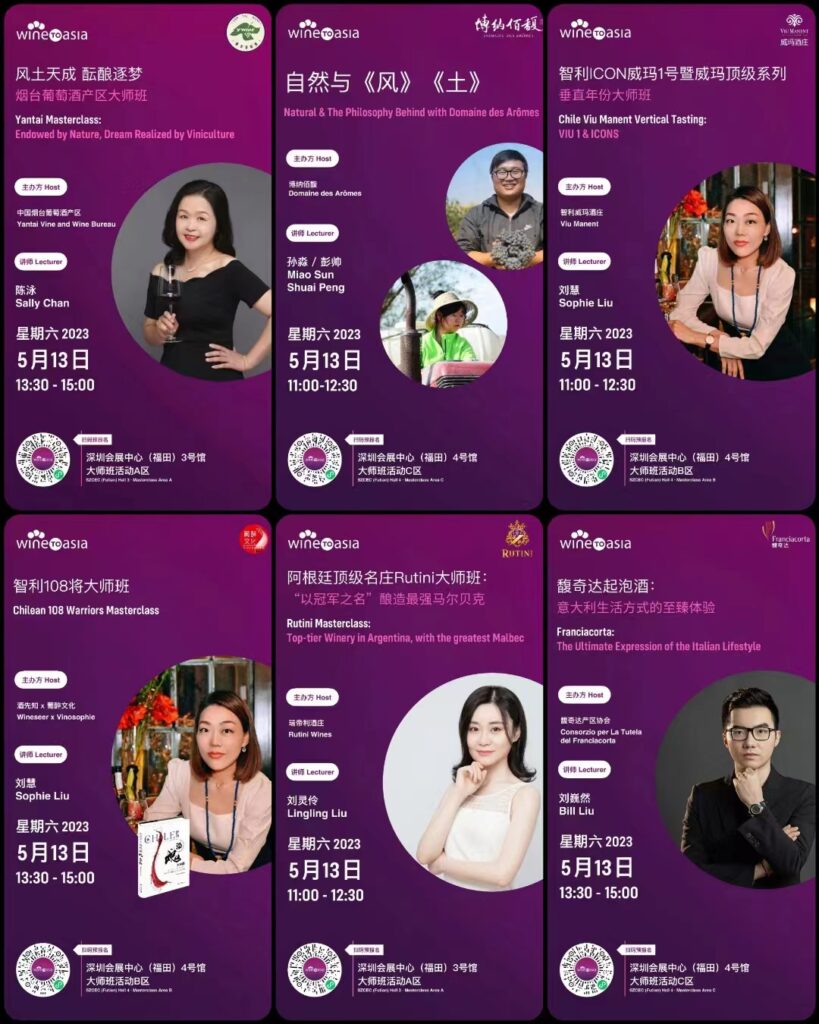
Booze Talk
It wouldn’t be a trade fair without master classes but at least wine to Asia offers a mix of general themes from Bordeaux to Brunello, Riesling to Malbec and Greek to Chilean to Italian wines, with quirkier events featuring intriguing personalities, such as insights into the biodynamic goals of Ningxia’s Domaine des Aromes.
The bonus is a “pop-up talk corner”with no registration and fun topics, from the experience of a Chinese winemaker in Burgundy to the wine industry in Belgium’s Flanders area to new versus traditional styles of sake.
Expect more this year, including a panel on China’s Gen Z wine consumers.
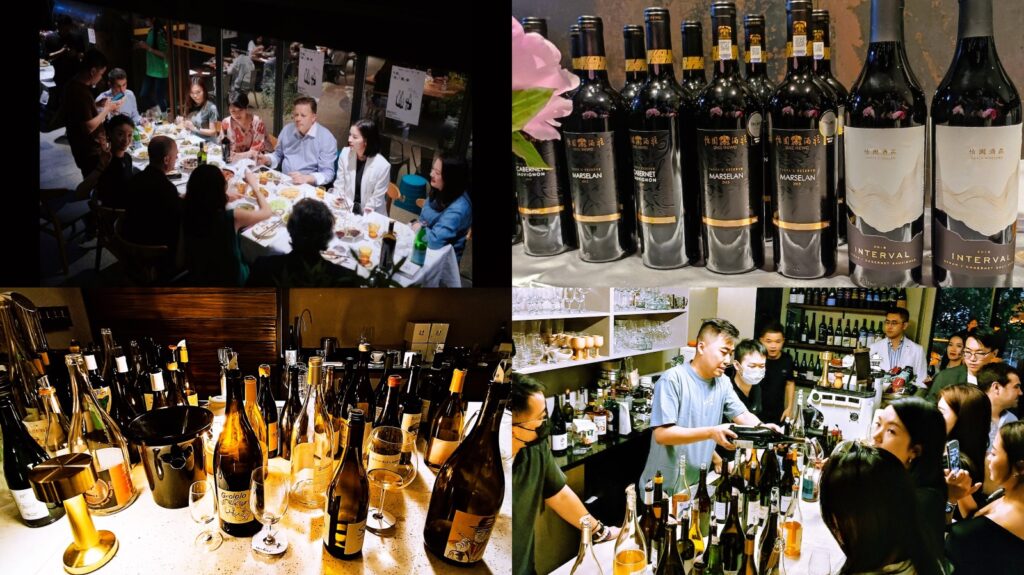
Beyond The Fair
Wine to Asia simultaneously organizes the Greater Bay Area Wine Week, which featured some 50 wine bars in Shenzhen, Guangzhou, Foshan and Dongguan last year and spotlights the connections among producers, importers, distributors and consumers.
There are also offsite events during the fair, two of which I helped organize last year: a Grace Vineyard Marselan-themed wine dinner at Xiang Jiao Hunan restaurant and a Jing-A / Grace Marselan beer and wine tasting at The Weeknd wine bar. (I also joined a Greek wine dinner by Hellenic Agora and two off-site tastings by the YGC. Good stuff.)
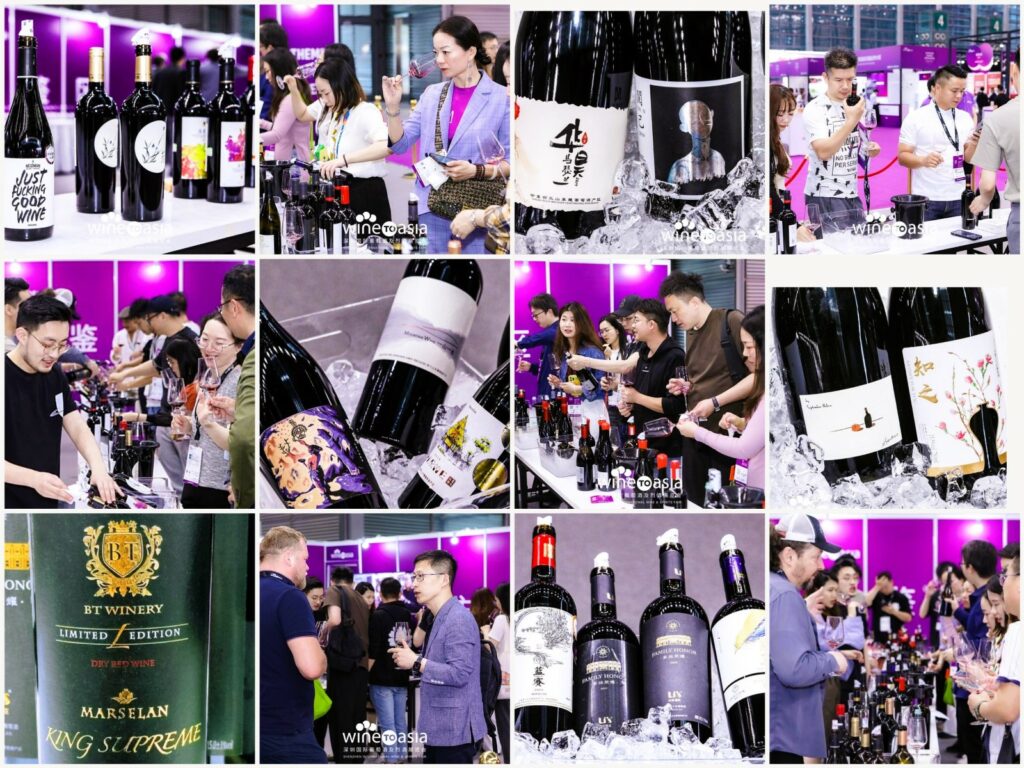
Project Support
Speaking of Marselan, Wine to Asia has supported my World Marselan Day project, both at the fair, via a tasting of 30-plus wines last year, and beyond, via a Marselan blending class at The Merchants in Beijing.
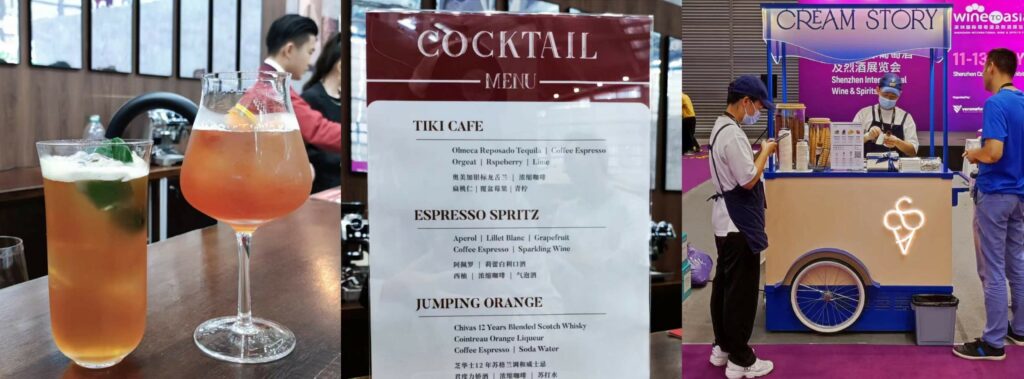
Creature Comforts
So many fairs and roadshows have crap food and coffee. But given Veronafiere runs Vinitaly, which has a wealth of food options at its annual Verona fair, it’s no surprise that spirit is increasingly found in China, including a cafe (complete with coffee cocktails), gelato, kombucha and decent food options.
(I’m hoping they also add music this year — maybe a few funk-oriented DJ sets toward the end of the day to reenergize people?)
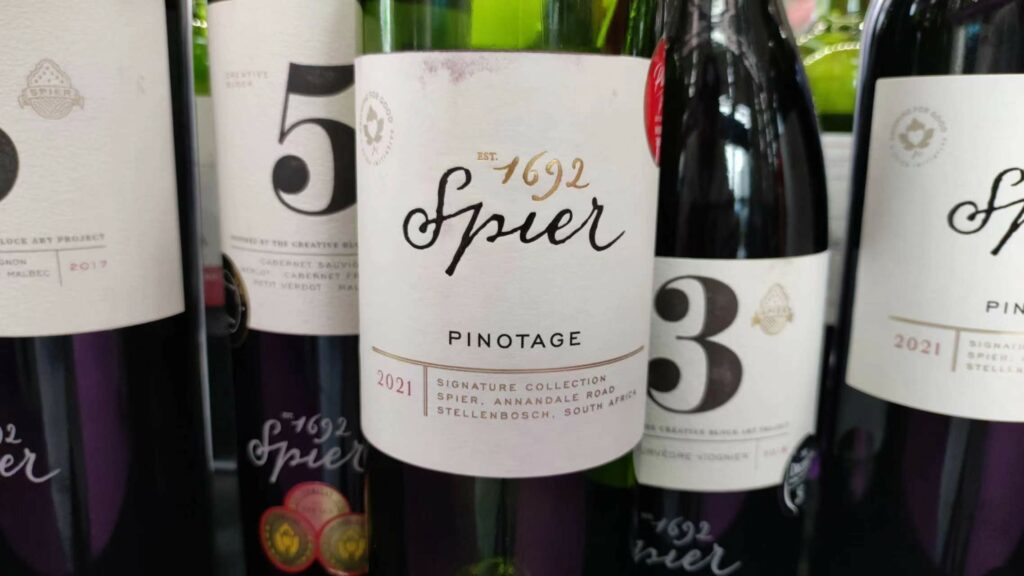
Standard Fair Fare
Finally, In case anyone thinks Wine to Asia is just about niche wines, It also has a good selection of the countries, regions and brands that make up the backbone of sales in China.
Italy and France and Chile and South Africa, Brunello and Bordeaux and Malbec and Riesling are all there. And it’s fun to catch up with favorite brands from around the planet, whether that means Colome from Argentina or Spier from South Africa or Garzon from Uruguay.
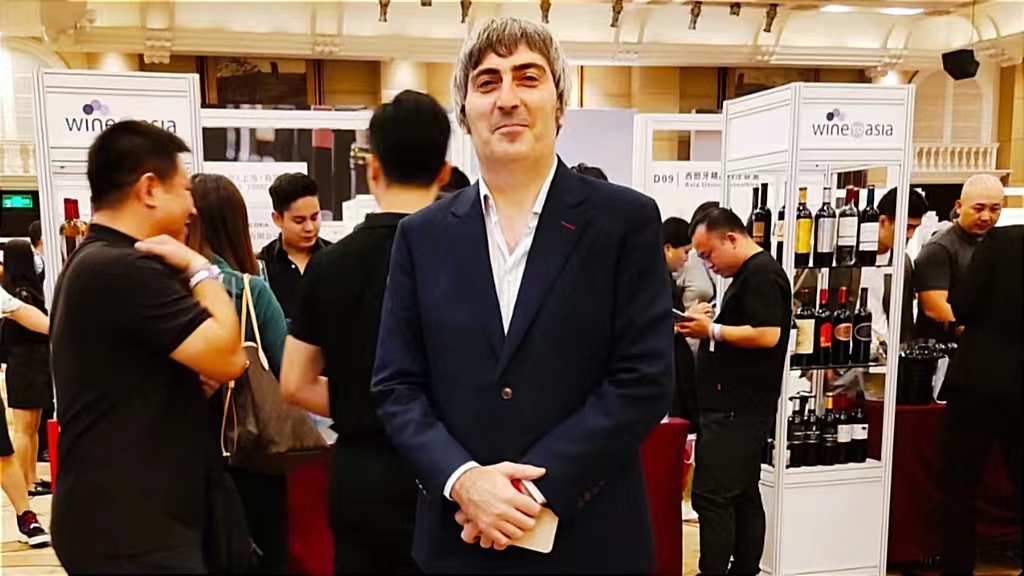
The Man Incontro(l)
While many people react to new ideas with skepticism — why would anyone care about some unknown grape like Marselan? — Incontro actually goes out in search of them.
All this is driven by local Veronafiere head Simone Incontro. As with all trade fairs, there is a need to sell booths and pavilions. But unlike many, Incontro also has the consumer in mind, including with those emerging trends, such as Living Wines, the YGC and the pop-up talks. And this sense is based on first-hand experience of visiting wine bars, restaurants and retailers venues across the country.
This year’s Wine to Asia is May 9 to May 11 and the cutoff for booking a booth is soon! If interested in joining, click here for more details here (English) or click here (Chinese) or contact me and I will put you in touch. (I received no money for writing this post, I simply appreciate having a special fair such as this in China as well as the support for World Marselan Day.)
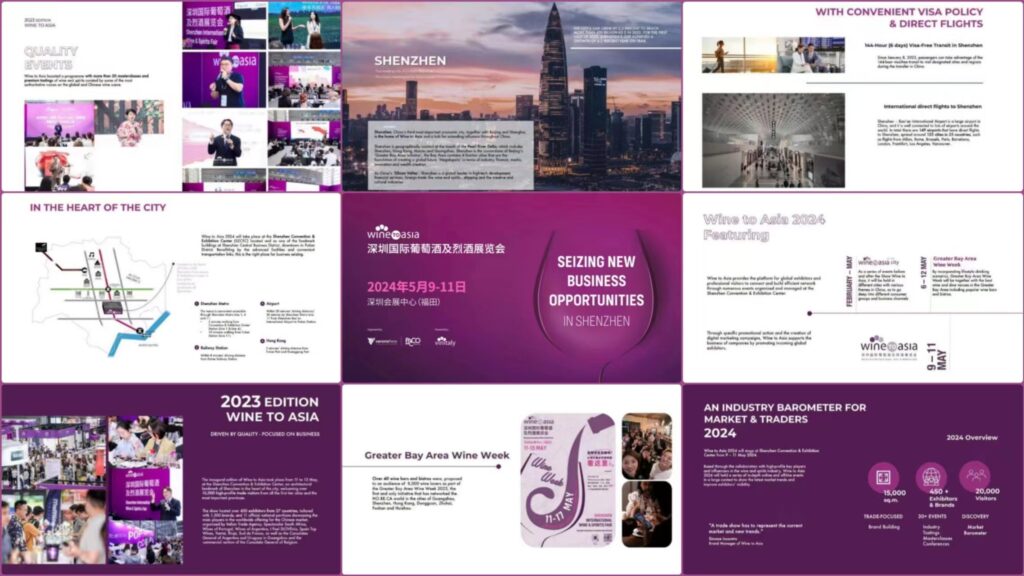
Sign up for the Grape Wall newsletter here. Follow Grape Wall on LinkedIn, Instagram, Facebook and Twitter. And see my sibling sites World Marselan Day, World Baijiu Day and Beijing Boyce. Grape Wall has no advertisers, so if you find the content useful, please help cover the costs via PayPal, WeChat or Alipay. Contact Grape Wall via grapewallofchina (at) gmail.com.
Leave a Reply
You must be logged in to post a comment.